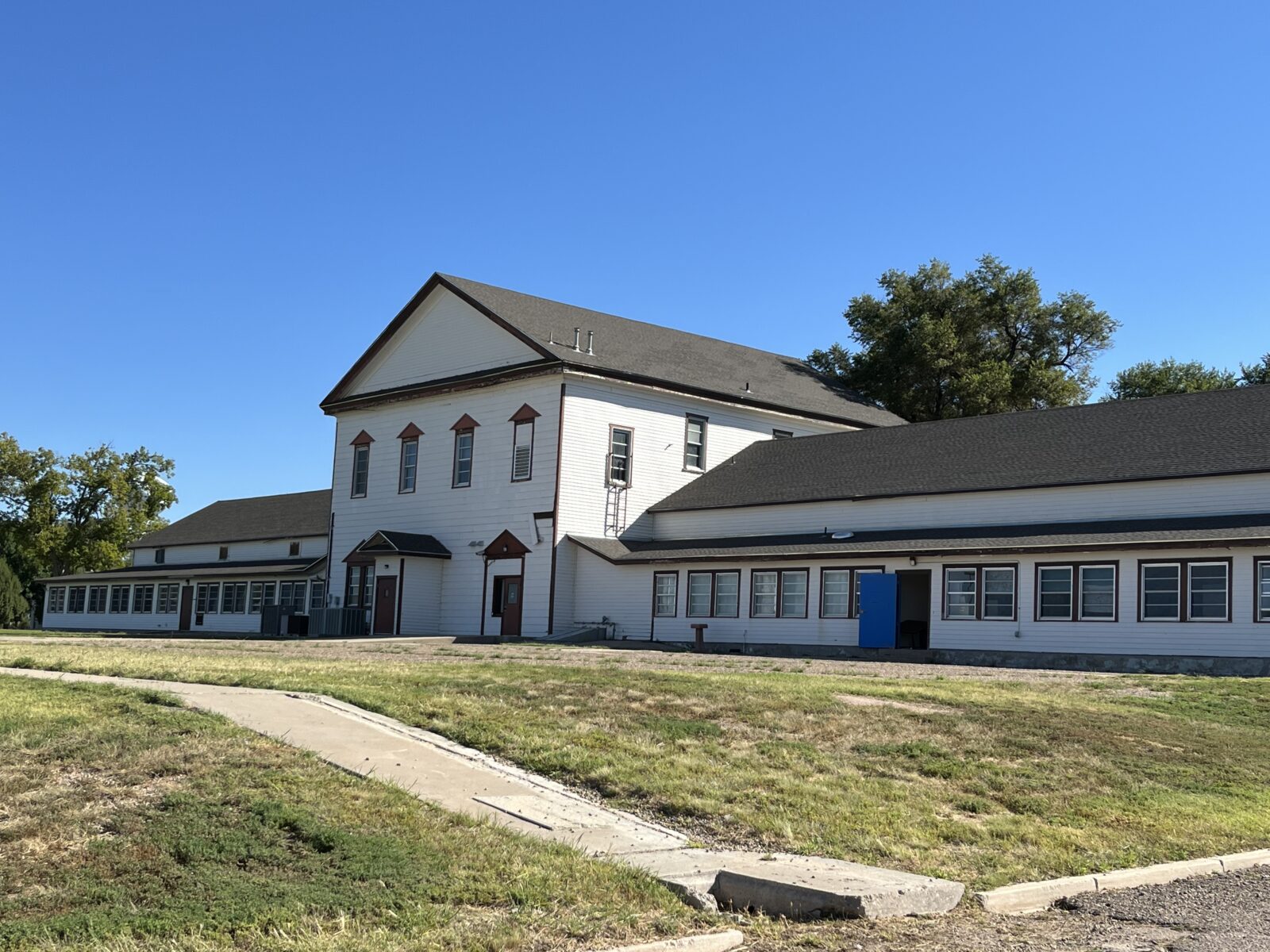I’ve written several columns about the Orange County Rescue Mission, which is located on a former military base and requires full days of study and work from the homeless people who come there. A homeless shelter two hundred miles southeast of Denver in Fort Lyon, Colorado, is also on a former military base, but that’s where the similarities end.
The Fort Lyon Supportive Residential Community runs on state and county funds but is under the authority of a nonprofit, the Colorado Coalition for the Homeless. Director Lisa Trigilio says, “We don’t require much.” The two hundred residents sit through a one-hour-per-week introductory course for the first six weeks. After that they attend a group meeting once a week and have a discussion with a case manager every 2-4 weeks. That’s it: Doing anything more is “up to them,” Trigilio says.
Fort Lyon also differs from shelters like the Wichita Falls one I wrote about on Oct. 27. Half of those residents in Texas are there because their alternative was a long prison sentence, but Trigilio says “We only want people who want to be here.” Fort Lyon’s 2022 annual report shows that most residents come from the Denver or Colorado Springs areas and only one-third stay for the entire 2-year program. Most face early discharge due to “substance use” or “disagreement with rules/persons,” even though the rules are few.
I hung out for a while in August with three Fort Lyon residents who wanted to be there. All three described themselves as bipolar and schizophrenic. Ezekiel Trujillo, 54, said he hears voices and has hallucinations. He spent 2003 in a psych ward, began receiving SSDI disability payments in 2005, and since then has been off-and-on homeless and van-sleeping in and around Denver. When I visited, he was enjoying sitting in the sun.
A second resident, Kenneth Brown, 56, is a big man now missing some toes, a frequent malady among the long-time homeless. Long ago Brown played high school football and basketball and was passed on from one grade to the next, even though he was illiterate: “I graduated and couldn’t even spell ‘graduate.’”
Brown said he spent 21 years in prison for kidnapping and robbery and has received SSDI disability payments of $904 per month. That did not go far in Denver’s hot housing market, so he had been off-and-on homeless for the last fifteen years, since his dad died. The anti-psychotic medicine Thorazine helps with his schizophrenia: When we talked he was not only lucid but articulate.
The oldest person I interviewed, William Tatum, was decked out in sparkly bling. He said he had been a drug addict for 40 of his 65 years and often slept behind dumpsters and in bushes. He didn’t like sleeping in dormitory-style homeless shelters because “other people are there.” (Tatum’s comment reminded me of French existentialist Jean Paul Sartre’s statement, “Hell is other people.”)

Tatum said he sometimes feels “like like Dr. Jekyl and Mr. Hyde” in the Robert Louis Stevenson novel, but as long as he takes his meds he’s good like Jekyl. Fort Lyon is a big step up for those who spent years Hyding in the bushes. Its stately brick buildings, spacious lawns, twice-weekly movie showings, art room, and well-stocked library give it a college feel.
Fort Lyon’s lack of requirements also mimics life at some colleges where students can pass courses with minimal work: Colorado Public Radio quoted former Fort Lyon resident Mitch Robertson saying, “Realistically, a person can spend two years in the TV room.”
Male residents share rooms, but that’s a lot better than the one big room with wall-to-wall beds or mats that are a central feature at many shelters. Twenty percent of the residents are female: Each has her own room. Most residents acknowledge mental health problems, and most also admit to substance abuse. Therein lies an unusual story.
When Fort Lyon opened a decade ago, it had a “no barrier” policy in line with the beliefs of leading Washington and New York thinkers: Nothing a person does should leave him homeless. Fort Lyon allowed drug and alcohol use on or off the premises. After a year, according to director Trigilio, the residents “came to management” and asked that Fort Lyon become drug-free alcohol-free: “They said, ‘We want a safe site.’” So, the rule became on-site abstinence, and off-site as well if it led to bad behavior on-site. Trigilio noted, “We do drug-testing based on behavior.”
The isolation of the Fort Lyon site, compared to Denver where temptation is just around the corner, can help. A 2018 report stated, “The location for the Program was chosen with the thought that the rural location might benefit participants by providing a geographical buffer between the participants and the communities they come from, therefore limiting contact with the people and places that support continued substance use.” Trigilio said, “We are not a Housing First…. we have zero tolerance for drugs.” Nevertheless, a Colorado Public Radio story, while supportive of Fort Lyon, noted that “residents say it’s easy enough to find drugs or the local liquor store in nearby Las Animas.” Once people resume behaviors that contributed to their being homeless, it’s hard to stop. Maybe that’s why most Fort Lyon residents leave, willingly or unwillingly, within six months.

